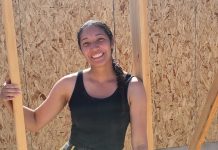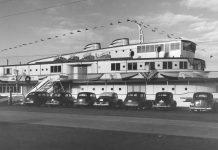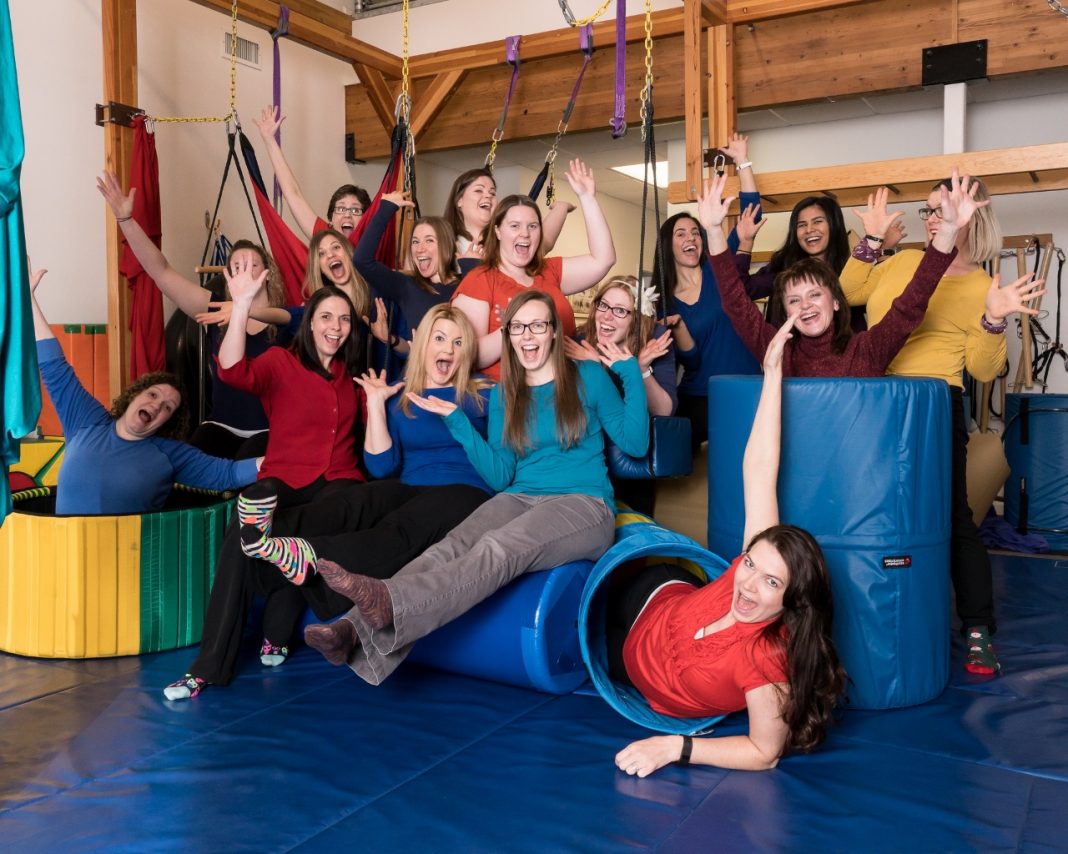I remember the joy and relief I felt when my children first learned to sit up by themselves, crawl, walk, say “Mama” and “Dada” and feed themselves. (Applesauce on the forehead counts.) I also remember the anxiety I felt when these monumental events occurred a few months later than the child development charts said they should. I feared something might be wrong.
 Many parents in our community experience this fear at a heightened level as they realize their child is several months or years behind in physical, emotional and social development. They’re often at a loss for how to cope with or change the situation. Fortunately, the professionals at Kids at Play Therapy can provide these families with hope through tailored treatment plans that view play as therapy for children with disabilities and developmental delays.
Many parents in our community experience this fear at a heightened level as they realize their child is several months or years behind in physical, emotional and social development. They’re often at a loss for how to cope with or change the situation. Fortunately, the professionals at Kids at Play Therapy can provide these families with hope through tailored treatment plans that view play as therapy for children with disabilities and developmental delays.
“Play therapy builds the foundation for the walls of skills that support the roof needed for functioning within the community,” says Tanya O’Callaghan, Clinical Director/Co-owner.
This unique practice focuses on partnering with families to improve a developmentally challenged child’s ability to participate in daily life activities such as sleeping, eating, playing, bathing, dressing and participating in family activities. They serve children of all ages with diagnoses such as ADHD, sensory processing disorders, autism, cerebral palsy, Down syndrome, orthopedic impairments and more.
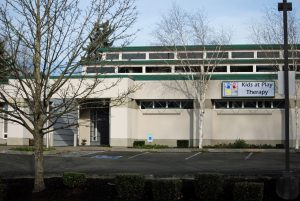
“The diagnosis matters less than the functional impact to the family,” states Tanya. “There isn’t one quick fix. There are various nuances and dynamics in each family.”
A doctor’s referral is the first step to a treatment plan. Parents then complete a profile about their child’s sensory processing. The child takes a standardized test based on his/her neurodevelopment and age. Then qualified staff observe his/her play skills. All this evaluation results in a tailored treatment plan that focuses on motor skills, selfcare and social and adaptive skills. Depending on the treatment plan, a child may work with all three categories of professionals – occupational, speech and language therapists.
Treatment plans consist of several components. For instance, if the focus were independent feeding, it would consist of various exercises that create the ability to sit up, pick up small things and bring the hands together. If the focus were fine motor skills such as writing, the plan would consist of exercises to develop the larger motor skills first so the child understands his/her body’s place in space. Treatment plans for ADHD might consist of self-regulating techniques such as noise reduction and brief breaks of physical activity to help with focus. The treatment plan for the entire family may also involve a support group, which parents often form on their own while waiting with each other in the waiting room.
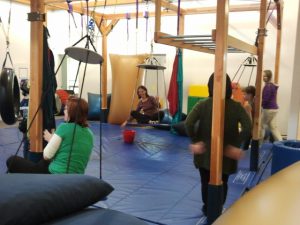
Success looks different for every family. The parents of a Down syndrome boy with hip dysplasia and club feet doubted he would ever walk, yet now he does. That might just qualify as a miracle. Getting a girl born with a fisted hand to open it is no small feat either. It involves a technique called splinting. This success removes the cleaning obstacles and reduces the risk of her breaking all the bones in her hand if she fell on it. Reducing a child’s daily tantrums from 20 to one is a definite cause for celebration by all. Getting the 18-month-old with oral aversion to eat something besides sweet potatoes so his/her skin isn’t orange is sweet relief, too.
Since Tanya and Michelle Lim, Administrative Support, opened the practice in 2009, they have worked with approximately 1,000 kids and their families. Tanya grew up in Johannesburg, South Africa. She was always interested in medicine and found neurological brain injury fascinating. She chose this path because she dislikes the bureaucracy of large organizations. She prefers being involved in patients’ life stories versus brief encounters. When Tanya and Michelle met at their children’s playground, Michelle was transitioning from being a loan processor to office management. This business opportunity was the perfect fit.
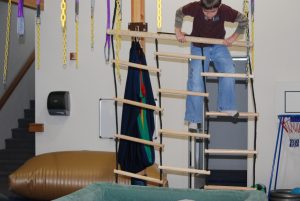
What do they love most about their jobs? “I enjoy witnessing a parent’s ah-ha moment when you explain why the child is acting a particular way. They see their child through a different lens,” says Tanya.
“And I love working with the families, getting to know each of them and taking care of them,” says Michelle.
If you would like to know more about Kids at Play Therapy, you can visit their website or visit them at one of two offices: Puyallup – 2929 5th Ave NE, Suite A; or Federal Way – 34616 11th Pl S, Suite 1. You can also give them a call at 253-447-8216 (Puyallup) or 253-874-7842 (Federal Way).

